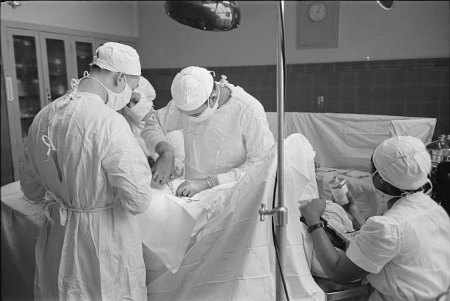Legacies of eugenics: confronting the past, forging a future
By Marius Turda,
Ethnic and Racial Studies
| 07. 20. 2022
After 1900, eugenics became an influential scientific theory used by physicians, health experts, religious leaders and politicians across the political spectrum to express their understanding of human and social evolution and formulate their duties and responsibilities towards the nation, the race, and future generations. Physical and intellectual achievements, it was assumed, were determined by heredity. To control heredity, eugenicists claimed, was to ensure the betterment of future generations and the survival of the species. Another popular claim put forward during the first half of the twentieth century was that modern society was under constant threat from those with physical and mental disabilities (Stern 2016; Herzog 2018). Eugenicists wanted to prevent these people from having children. Protecting the so-called “feebleminded”, the constitutionally weak and the socially “unfit” was deemed detrimental to the future of the race. Finally, eugenics promised a solution to social problems as varied as crime, alcoholism, and poverty. None of these claims were substantiated by credible scientific evidence, but this did not prevent the application of eugenics on social, economic, and racial grounds. Throughout the twentieth...
Related Articles
By staff, Japan Times | 12.04.2025
Japan plans to introduce a ban with penalties on implanting a genome-edited fertilized human egg into the womb of a human or another animal amid concerns over "designer babies."
A government expert panel broadly approved a proposal, including the ban...
By David Jensen, The California Stem Cell Report | 12.11.2025
California’s stem cell and gene therapy agency today approved spending $207 million more on training and education, sidestepping the possibility of using the cash to directly support revolutionary research that has been slashed and endangered by the Trump administration.
Directors...
By Carter Sherman, The Guardian | 12.08.2025
A huge defense policy bill, revealed by US lawmakers on Sunday, does not include a provision that would have provided broad healthcare coverage for in vitro fertilization (IVF) for active-duty members of the military, despite Donald Trump’s pledge...
By Frankie Fattorini, Pharmaceutical Technology | 12.02.2025
Próspera, a charter city on Roatán island in Honduras, hosts two biotechs working to combat ageing through gene therapy, as the organisation behind the city advertises its “flexible” regulatory jurisdiction to attract more developers.
In 2021, Minicircle set up a...




